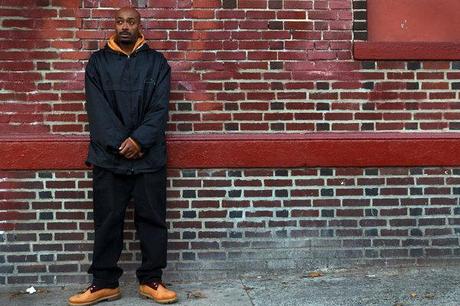
Eugene Moore spent a year in jail after he was arrested, based in part, the police said, on a tip from an informer.CreditRichard Perry/The New York Times
New York Times
The tip comes from a confidential informer: Someone has a gun. Ten or more minutes later, police officers find a man matching the informer’s detailed description at the reported location. A gun is discovered; an arrest is made.
That narrative describes how Jeffrey Herring was arrested last year by police officers in the 67th Precinct in East Flatbush, Brooklyn. It also describes the arrests of at least two other men, Eugene Moore and John Hooper, by some of the same officers. The suspects said the guns were planted by the police.
There were other similarities: Each gun was found in a plastic bag or a handkerchief, with no traces of the suspect’s fingerprints. Prosecutors and the police did not mention a confidential informer until months after the arrests. None of the informers have come forward, even when defense lawyers and judges have requested they appear in court.
Taken individually, the cases seem to be routine examples of differences between the police account of an arrest and that of the person arrested. But taken together, the cases — along with other gun arrests made in the precinct by these officers — suggest a pattern of questionable police conduct and tactics.
